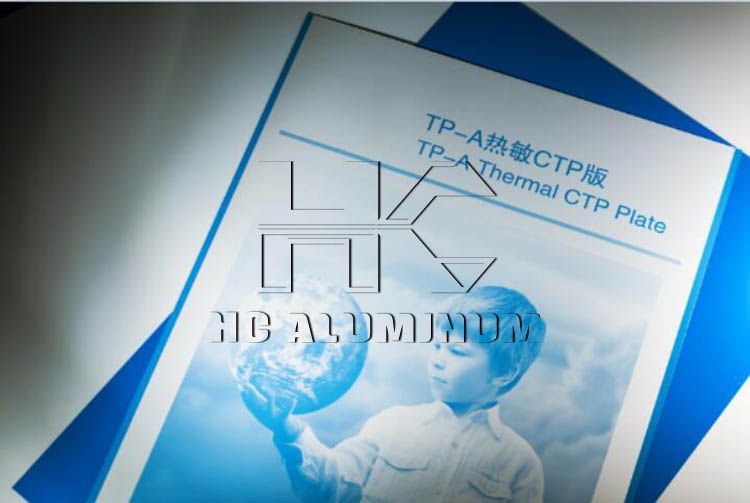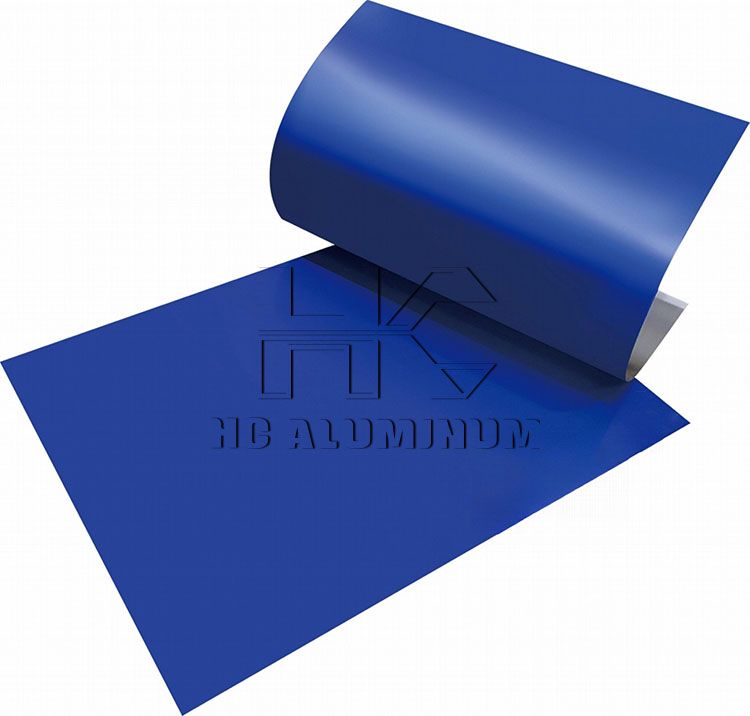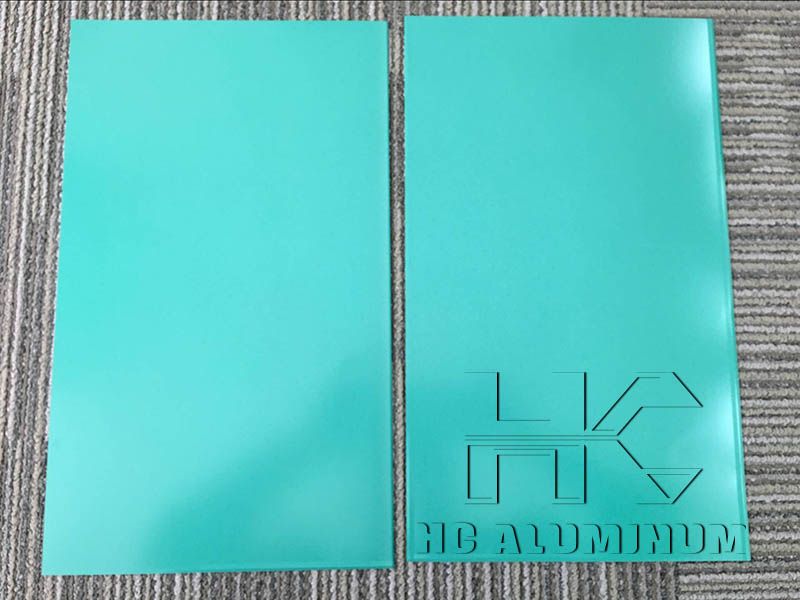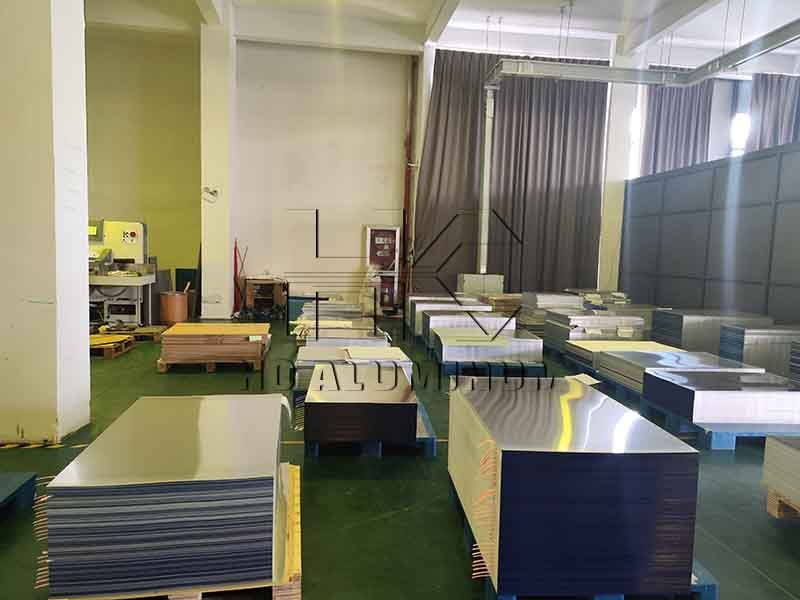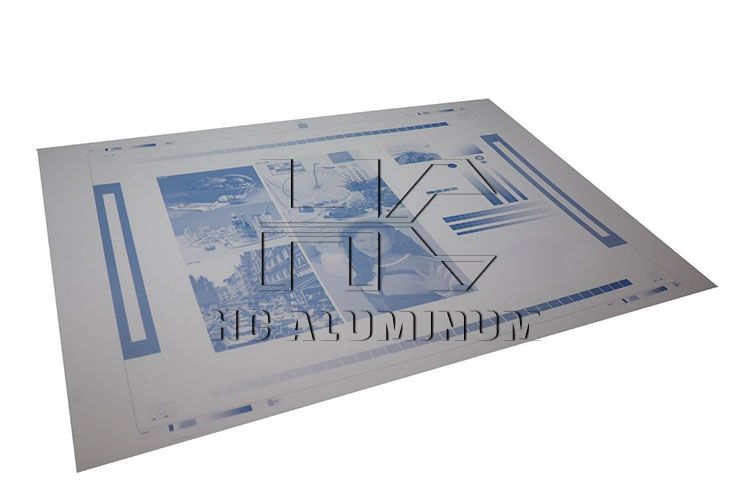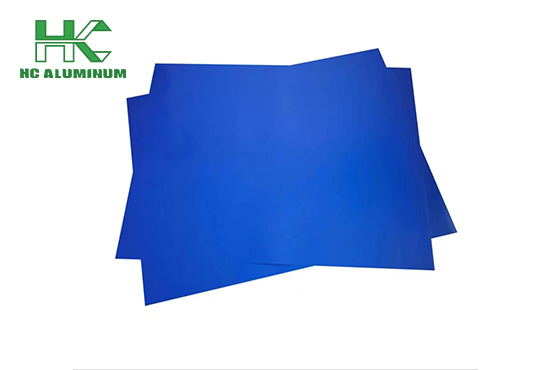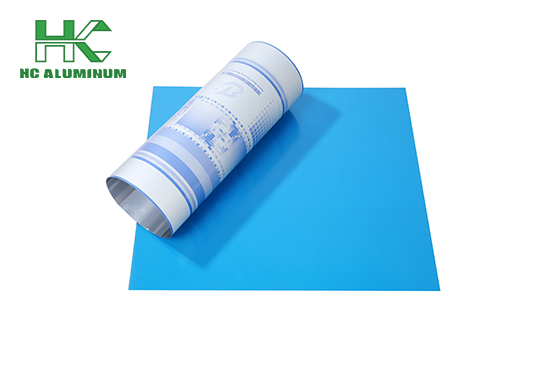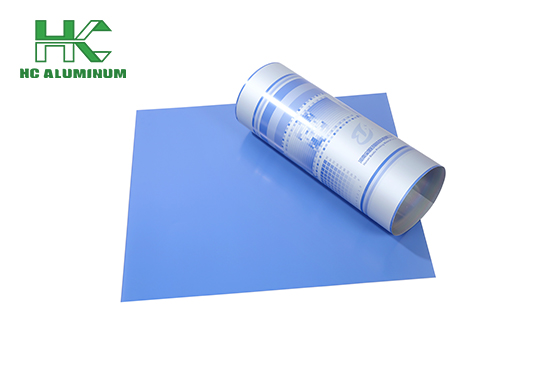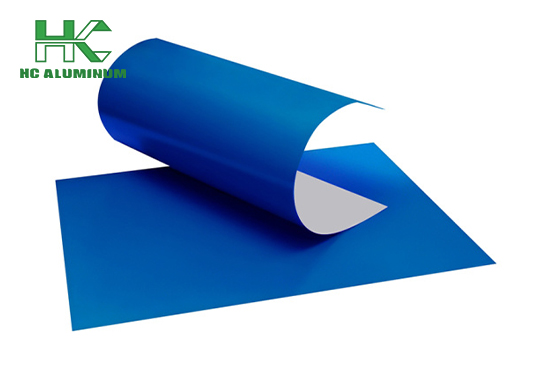What Are The Features of Thermal CTP Plates
Thermal CTP platemaking technology is currently the most mature, stable and effective platemaking technology. Thermal CTP plate mainly uses thermal imaging technology, relying on the change in the state of the material after the printing plate material absorbs heat, thereby achieving changes in material properties.
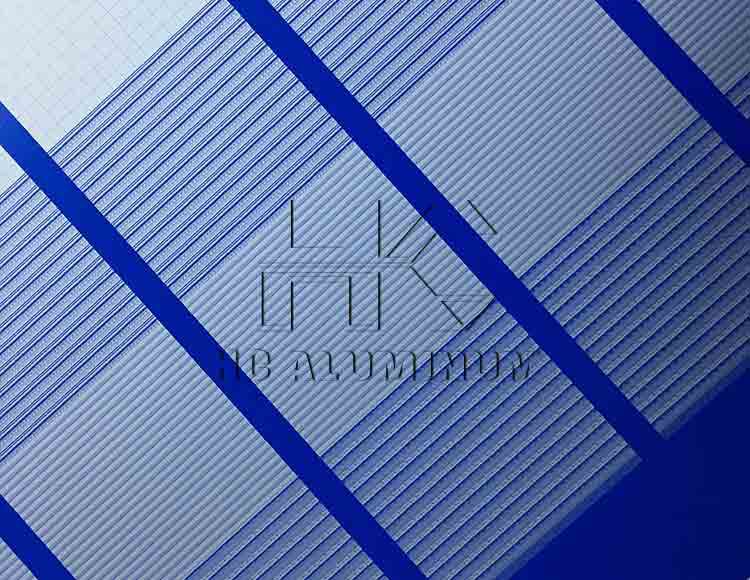
Types of thermal CTP plates
1. Thermal ablation type
2. Thermal cross-linking plate (preheating type, negative type)
3. Thermal decomposition plate (preheating-free, positive type)
4. Thermal transfer plate
5. Thermal phase change plate.
Advantages of thermal CTP technology
1. High quality
Digital plate imaging technology can produce sharper dots than analog plate imaging technology (CTF), with tighter and finer dot shapes and sizes. It can produce 1% to 99% dots at 300 lpi screen counts, with dot diameters as small as a few microns, very straight edges, and very flat surfaces, which can optimize ink transfer.
There are no dust, film edges, etc. that may cause post-exposure processing problems.
FM dots can be used. FM screening plays an important role in improving the quality of printed products and improving the inking effect. FM screening can produce higher density, smoother layers, more stable mesh gradations, and affect the dot gain of the machine; FM screening is not easy to form moire, so more ink can be used for printing.
Reproduce a wider range of tones (can reproduce better light and dark details)
Smaller dot gain and thicker printing ink layer
2. High efficiency
The digital workflow shortens the time of the printing preparation stage.
There is no plate repair and dirt removal process.
Faster press calibration through digital settings
Shorter ink matching time (ink color preset)
Shorter delivery time
3. Low cost
The use of digital workflow can save materials, manpower and working time
It saves investment in film and film development, fixing chemicals and film processing machines
Fewer waste pages, reducing the consumption of ink, fountain solution and paper
It reduces the long standby time caused by manual plate repair or plate exposure process, and improves the utilization rate of printing equipment and post-press equipment
It helps to realize the digital workflow of management, pre-press, printing and post-press processes (CIP3/CIP4), making the entire workflow faster and more efficient.
4. High print life
5. Thermal plates are not easy to wear and can be used continuously for a long time. After baking, the print life can reach 1 million to 2 million prints.
Shortcoming of thermal CTP printing plates
Thermal imaging technology also has its shortcomings, and generally speaking, the price is relatively high. Firstly, the price of thermal printing press plates is relatively high; secondly, the energy required to expose thermal plates is greater than that required to expose visible light plates; third, the price of thermal systems is also relatively high.

